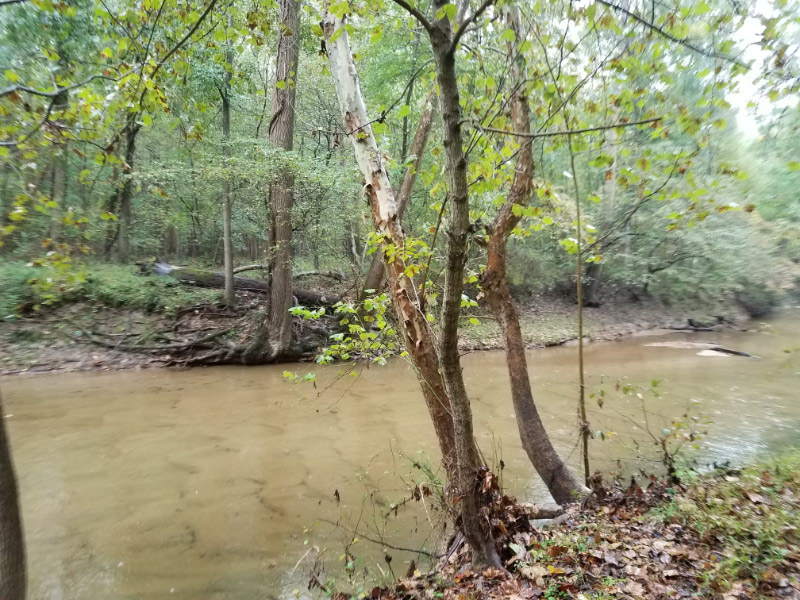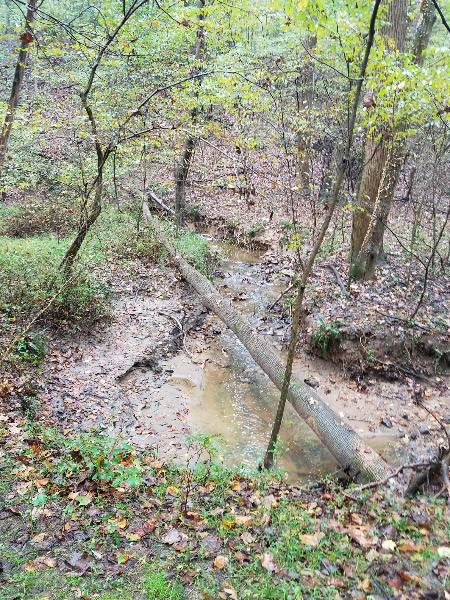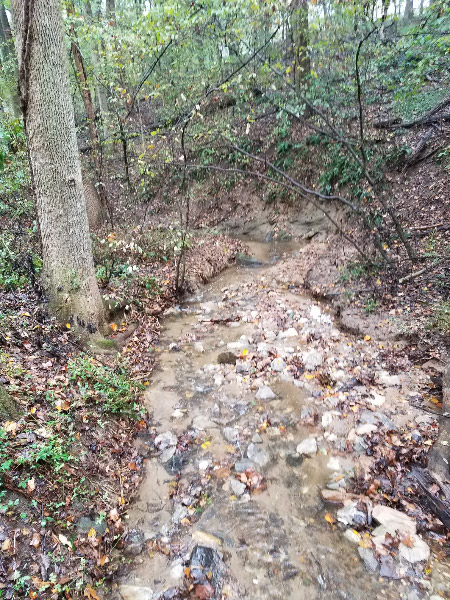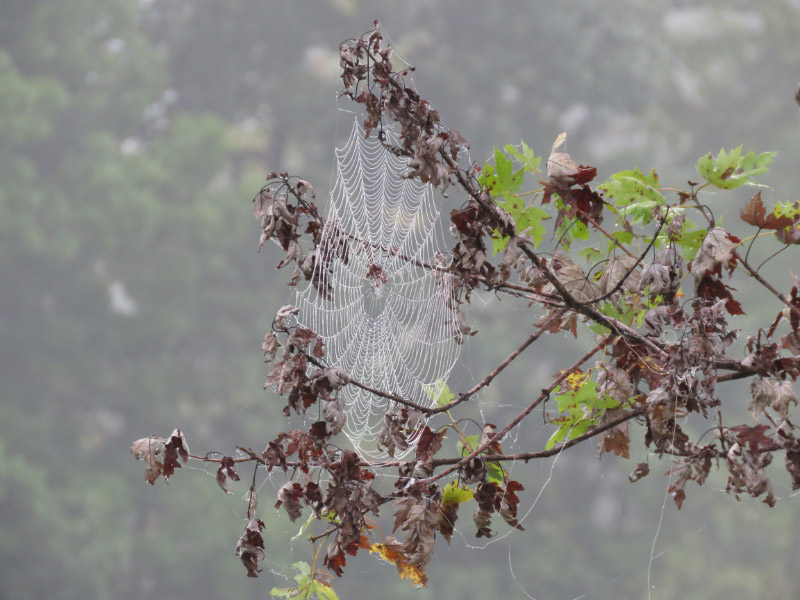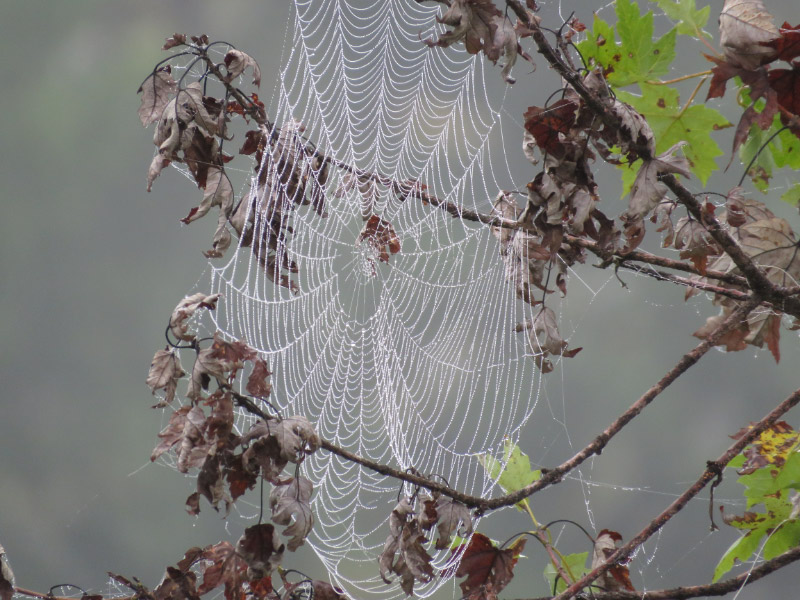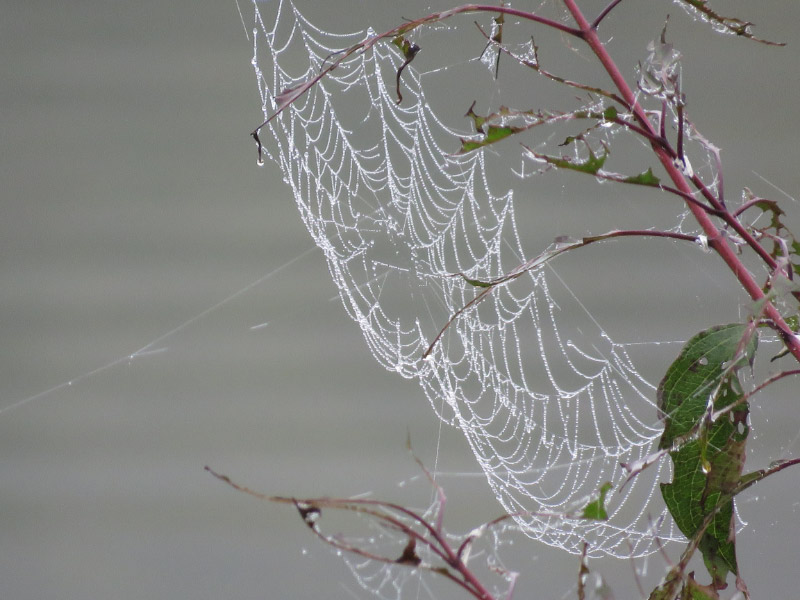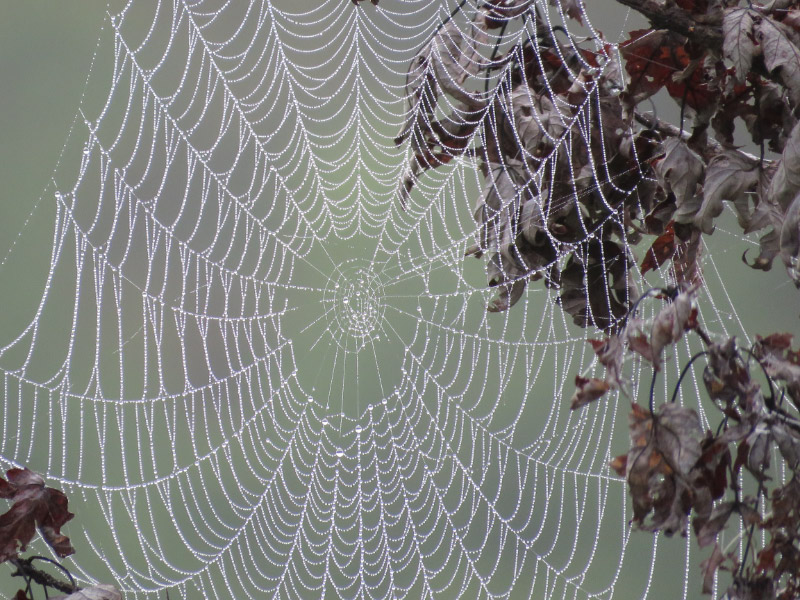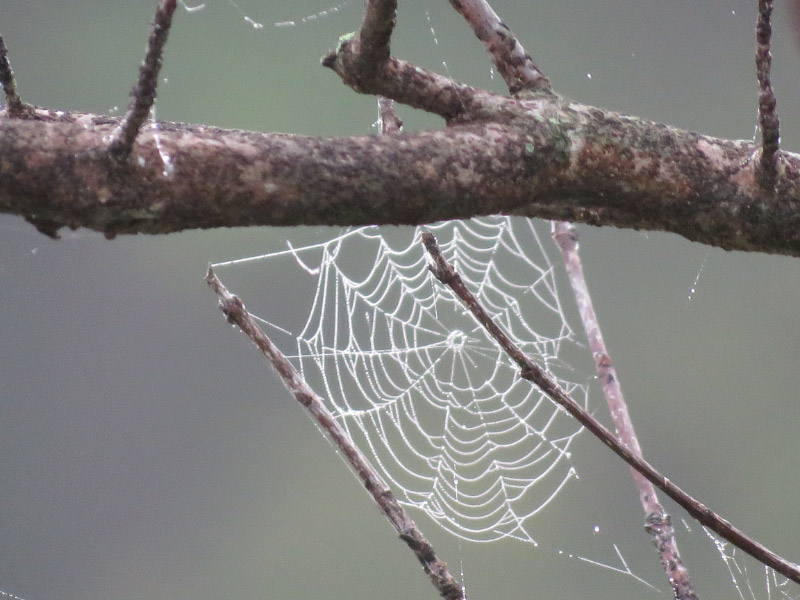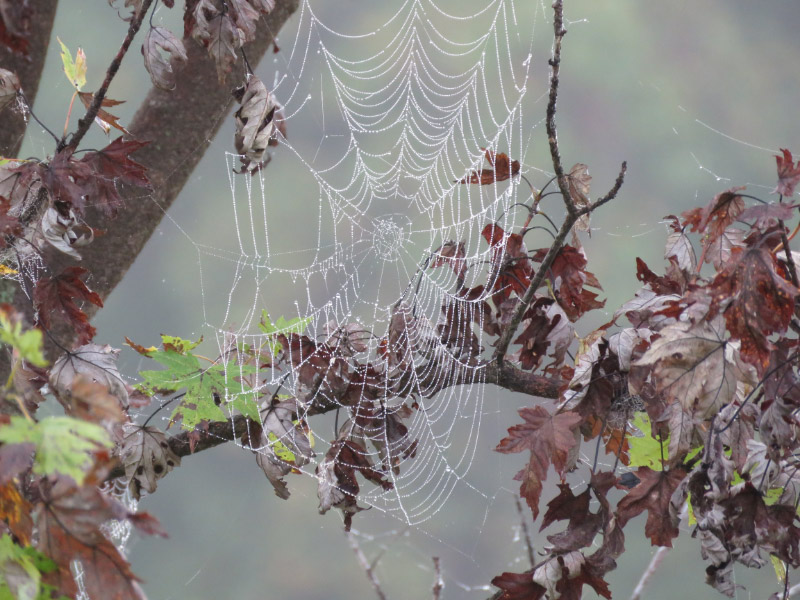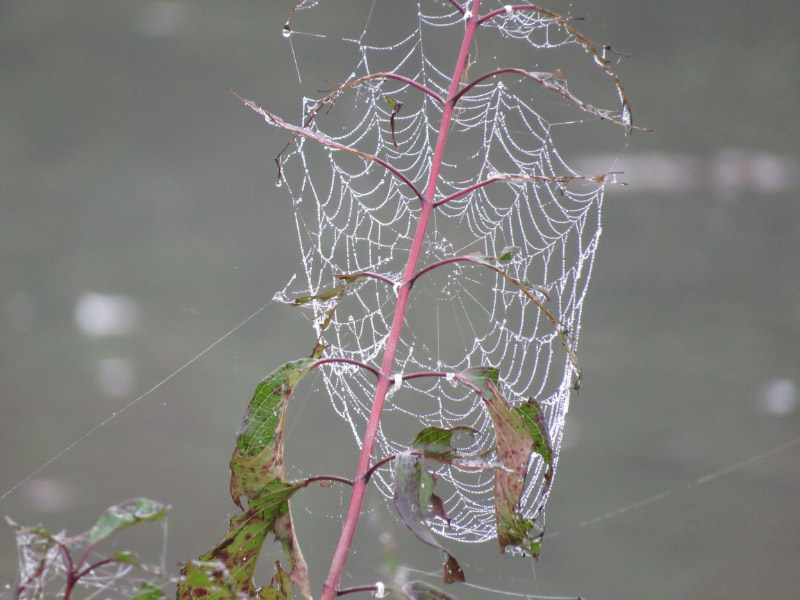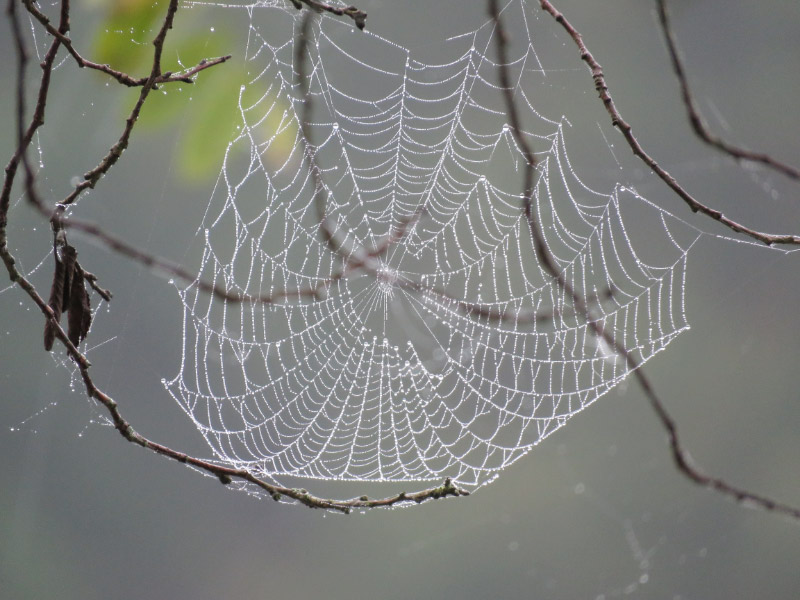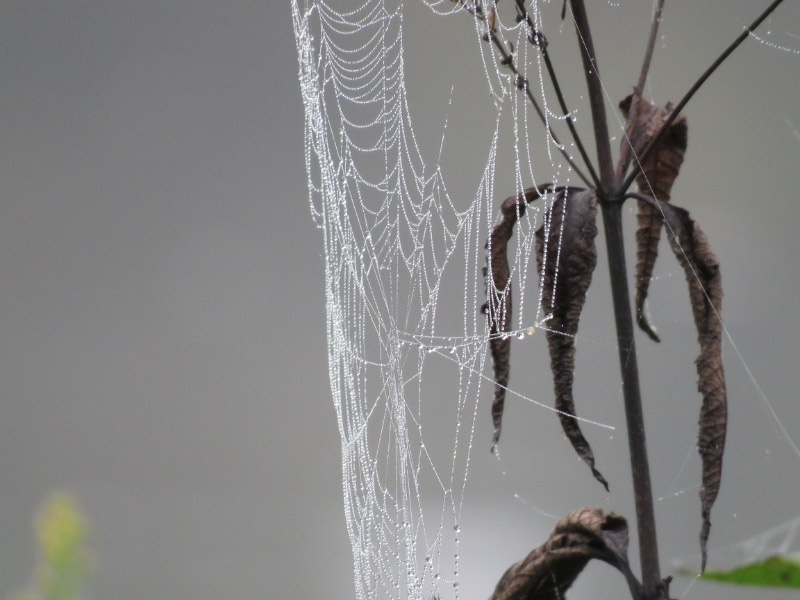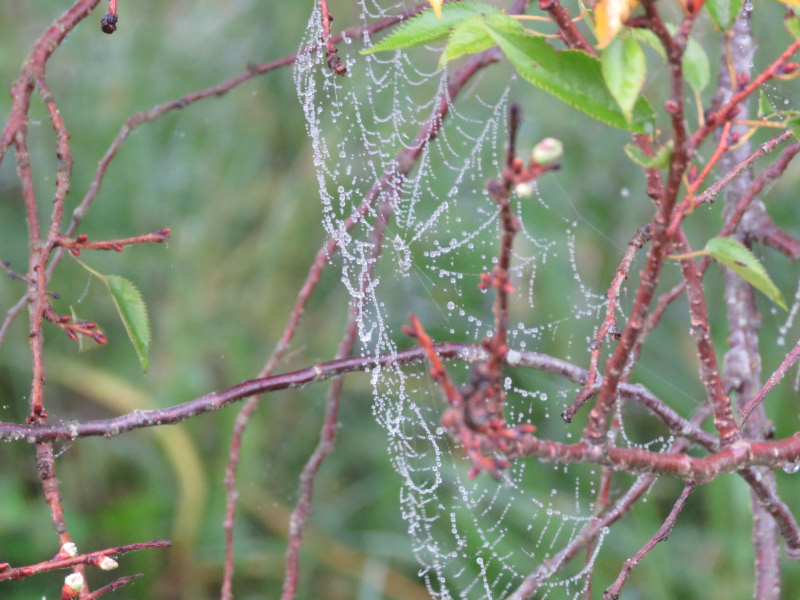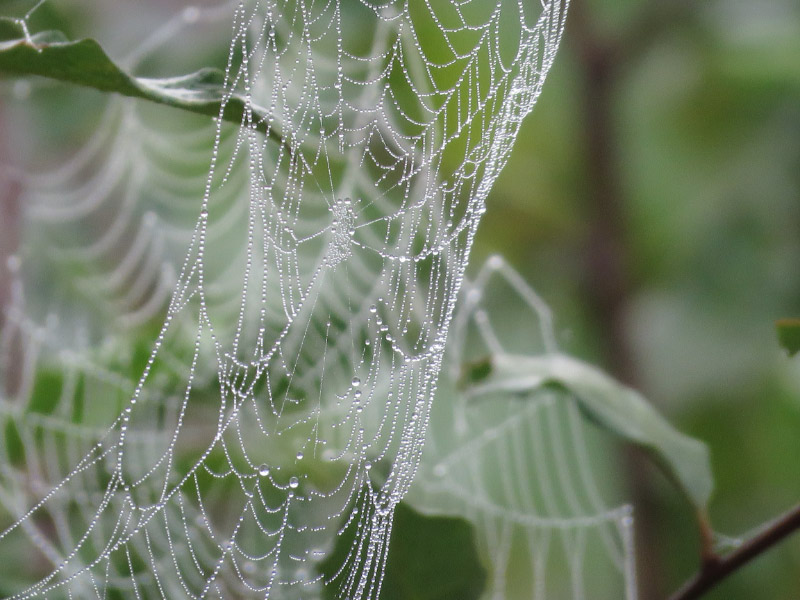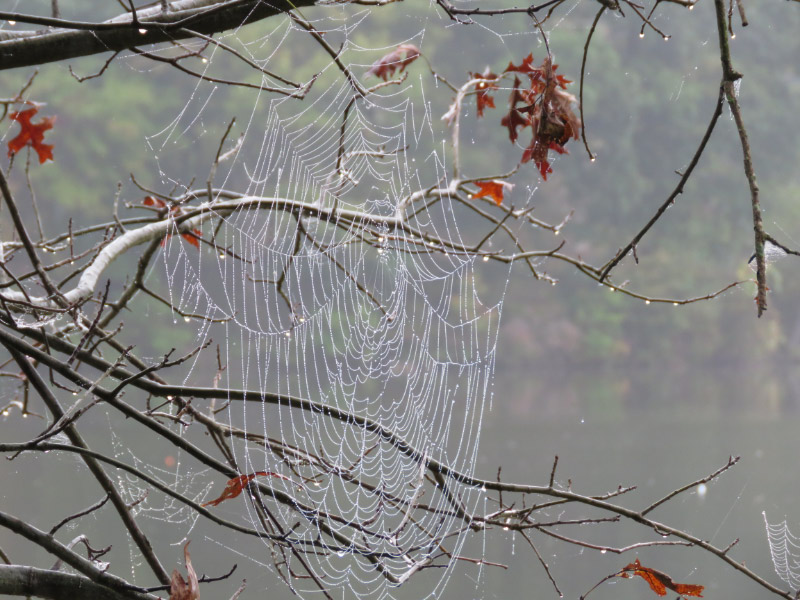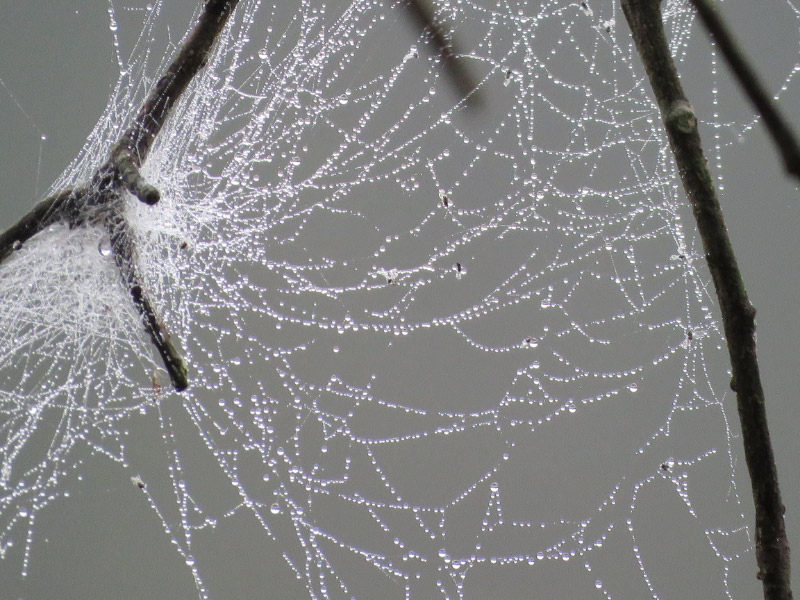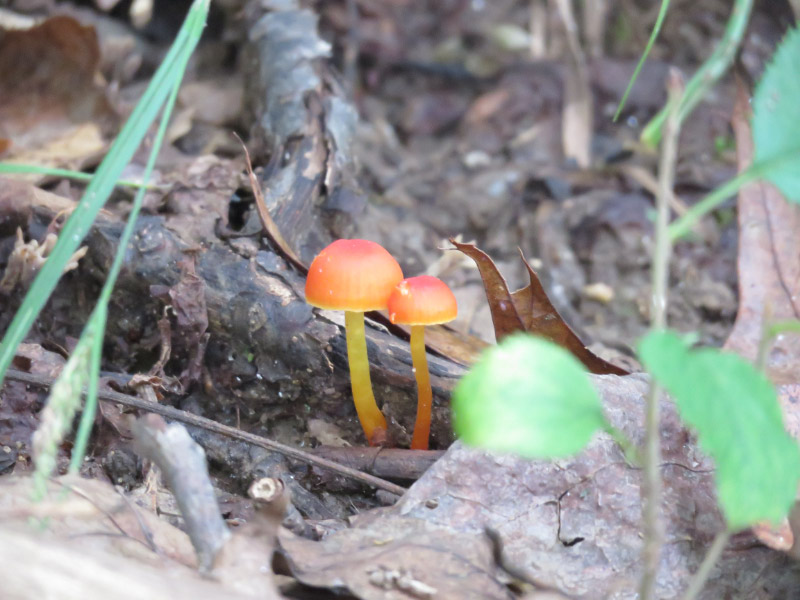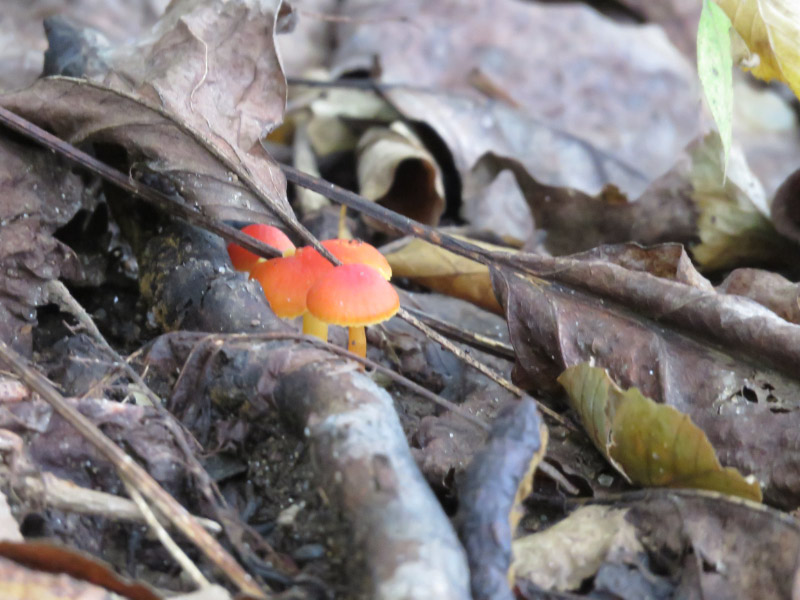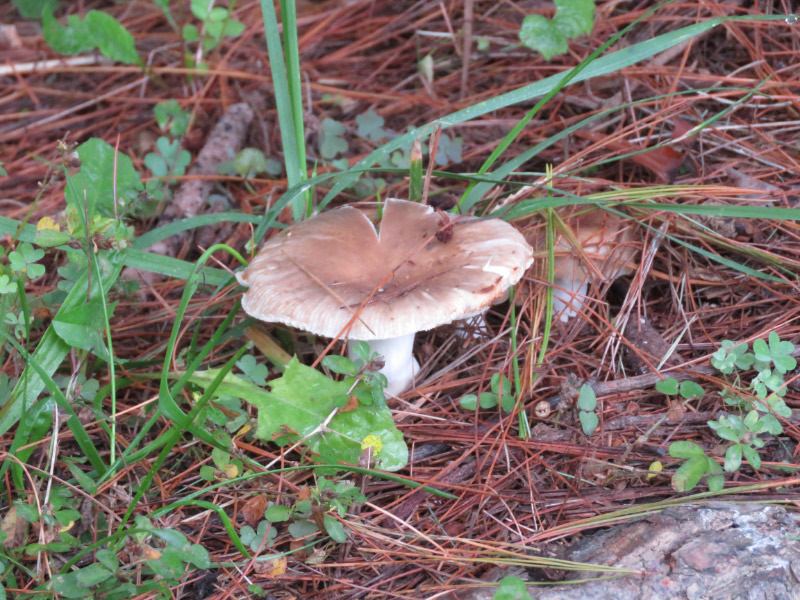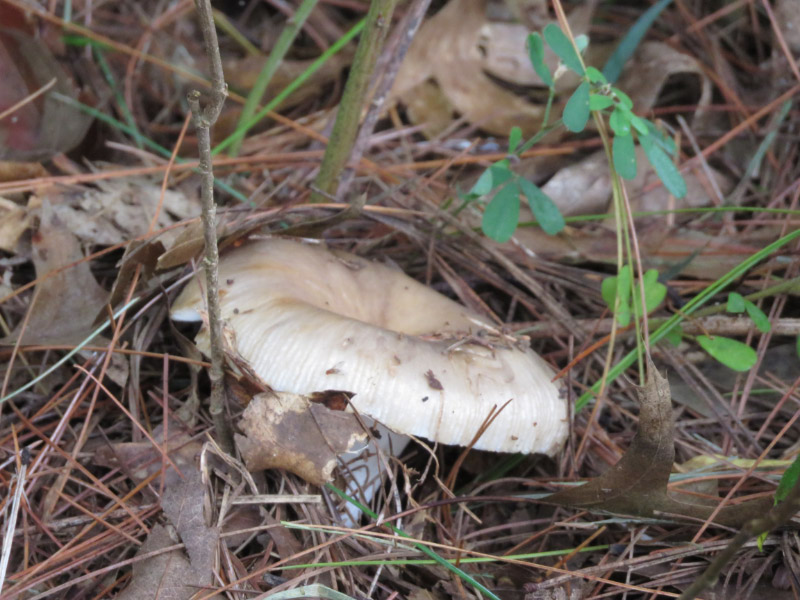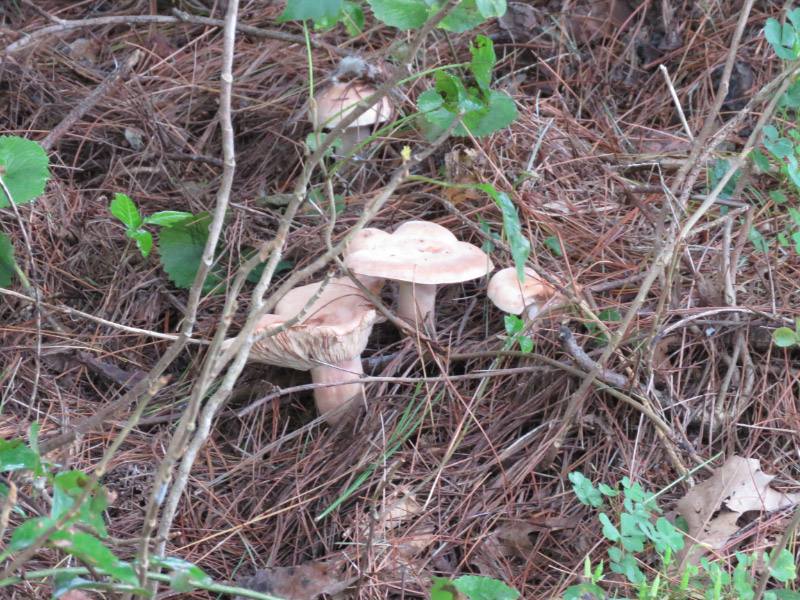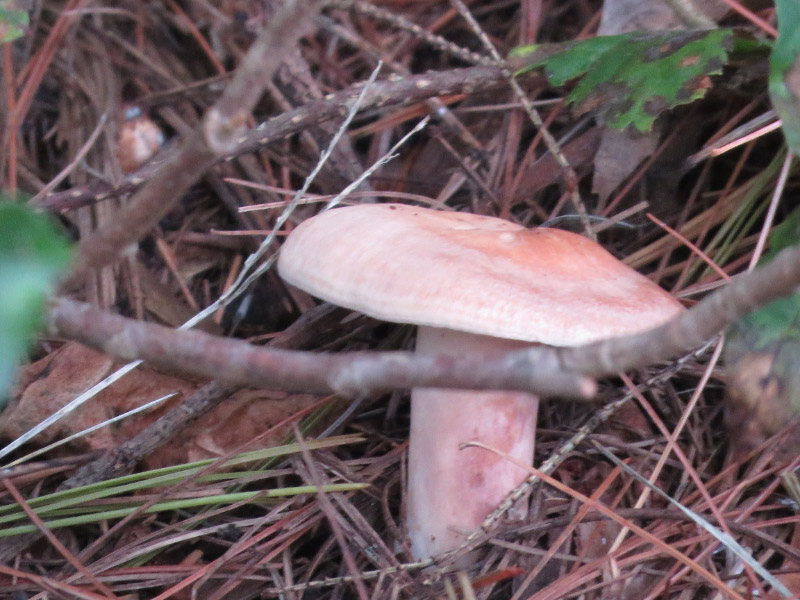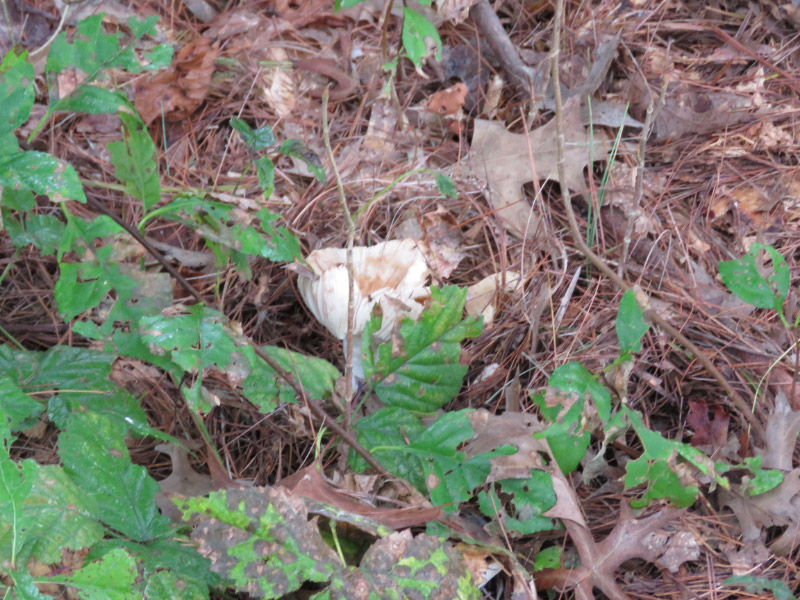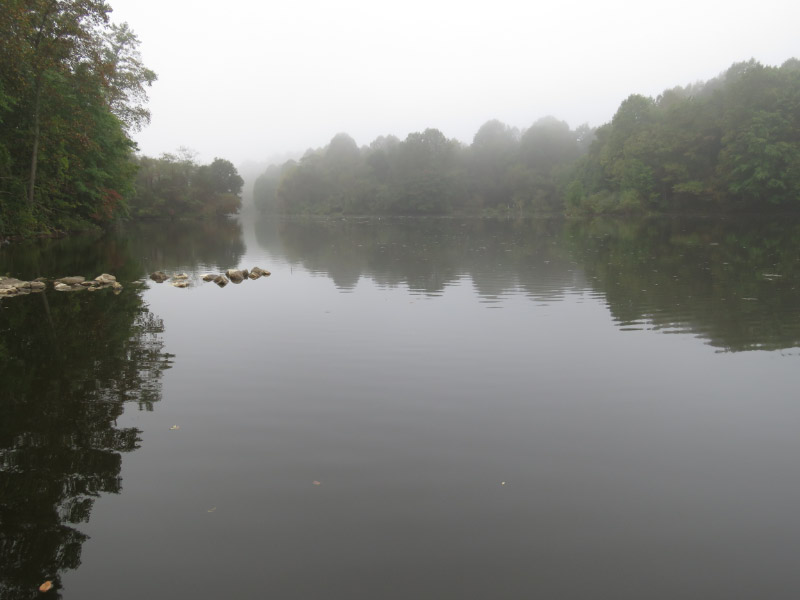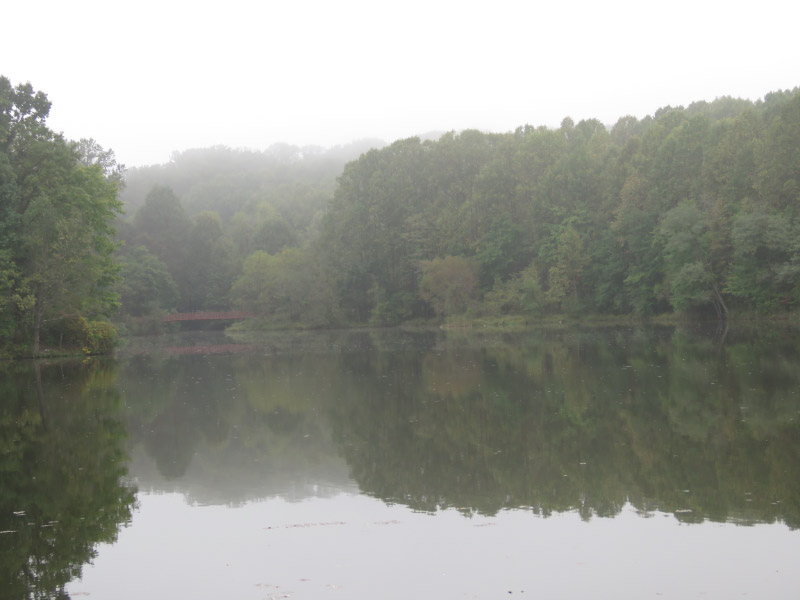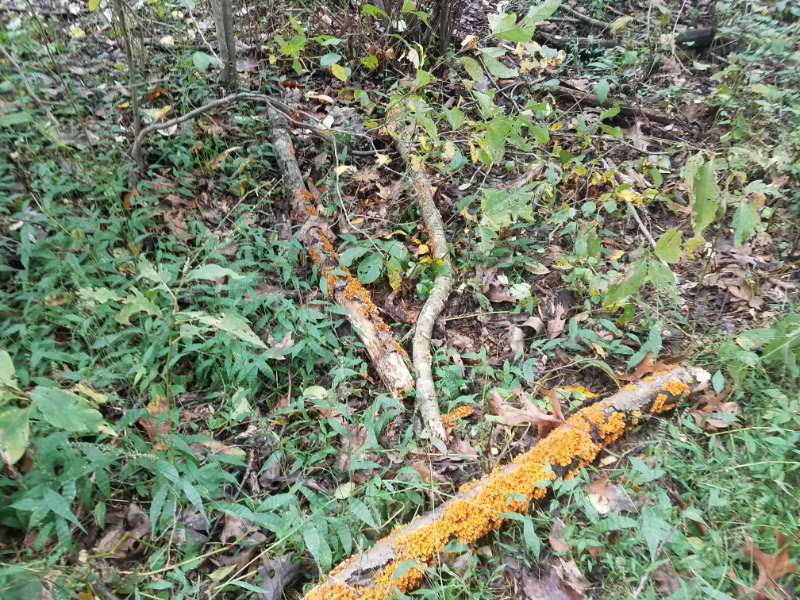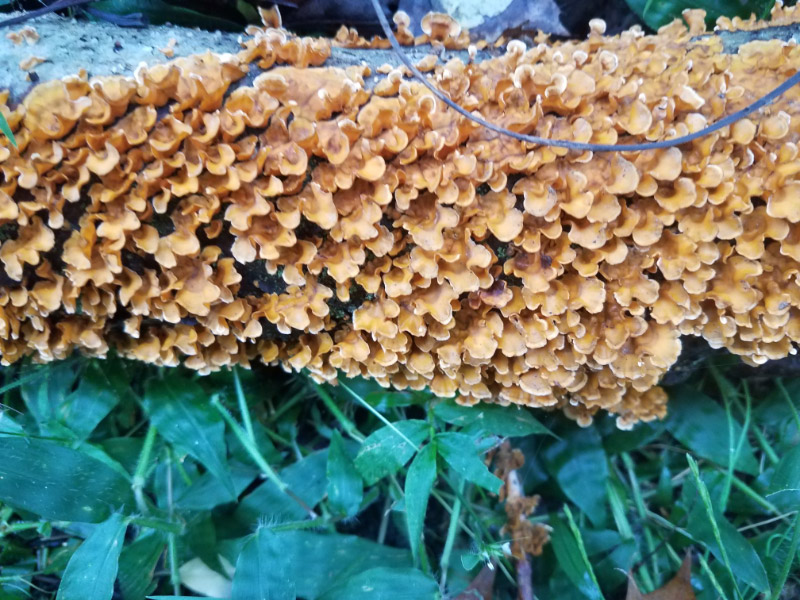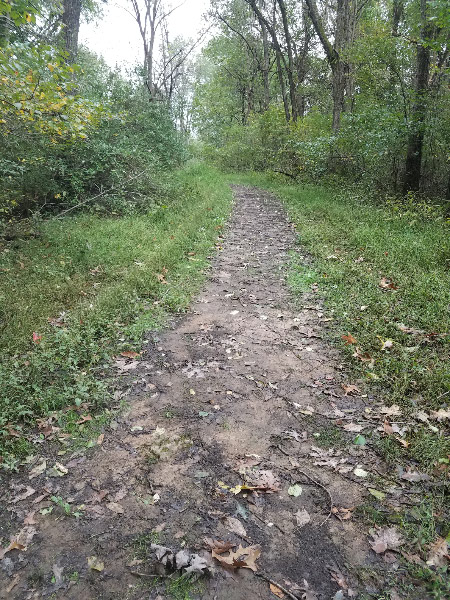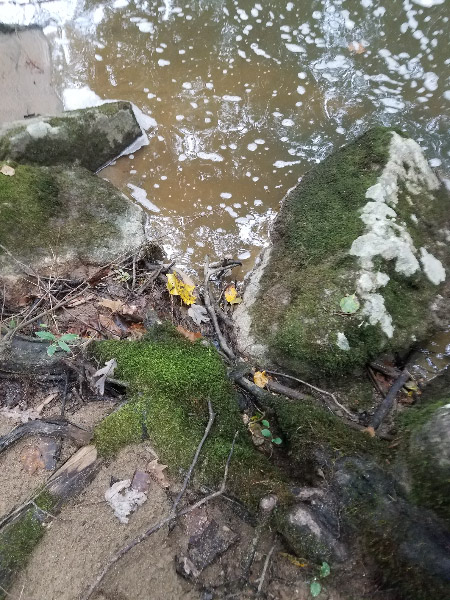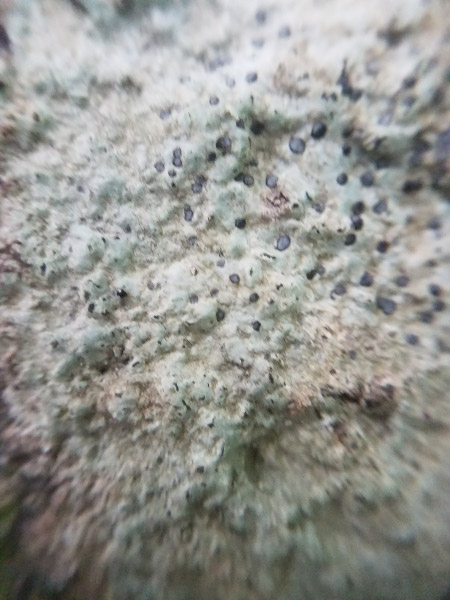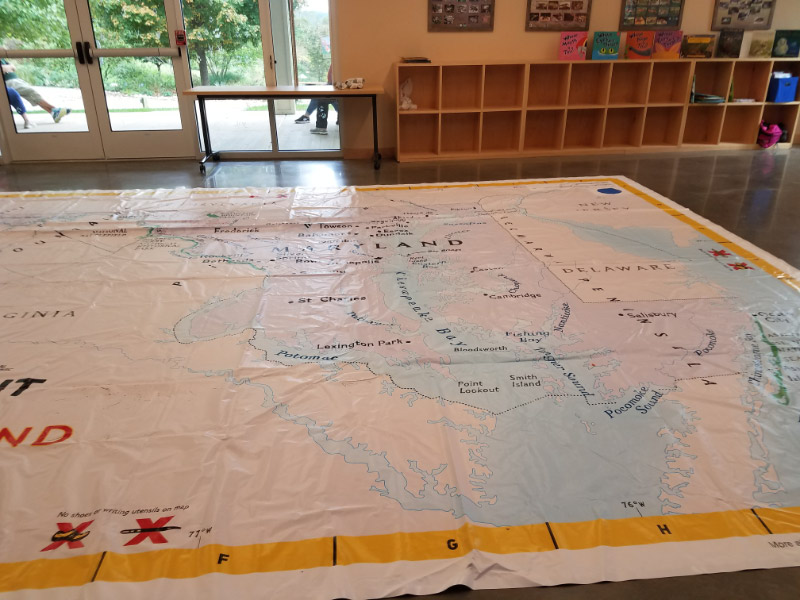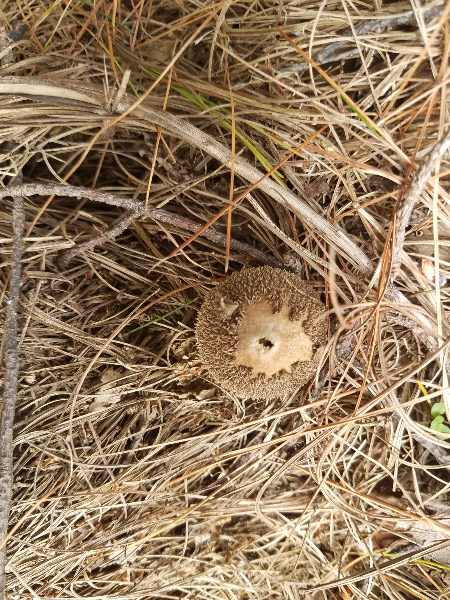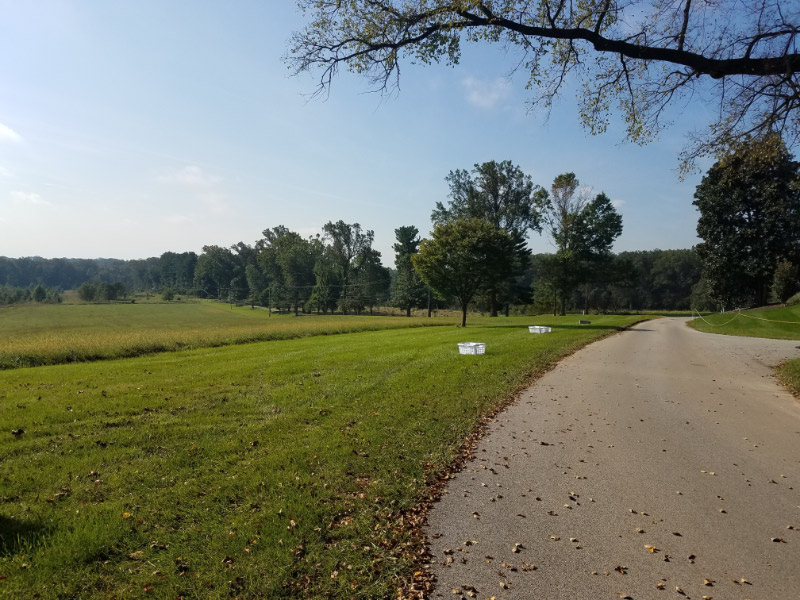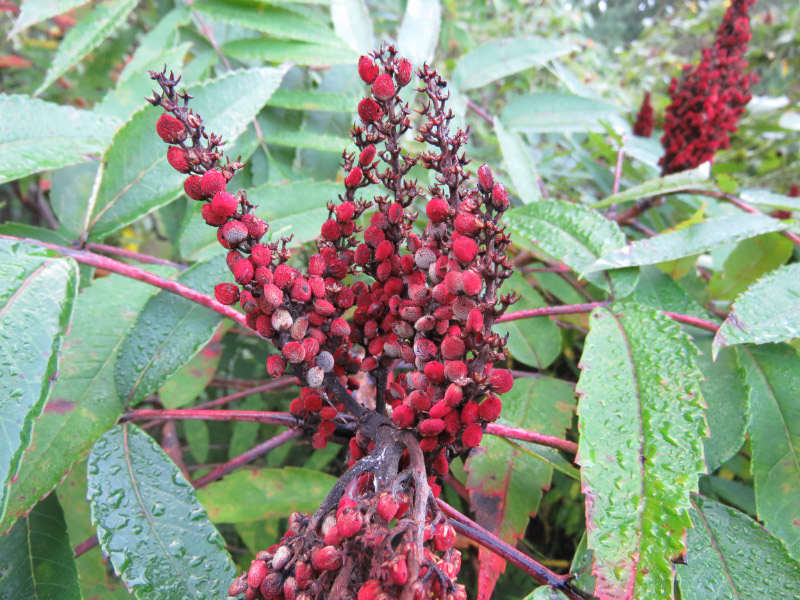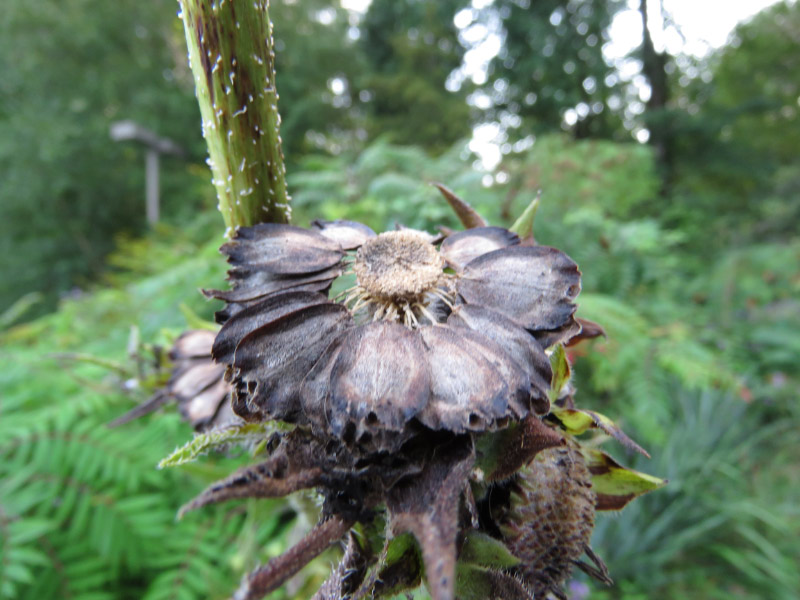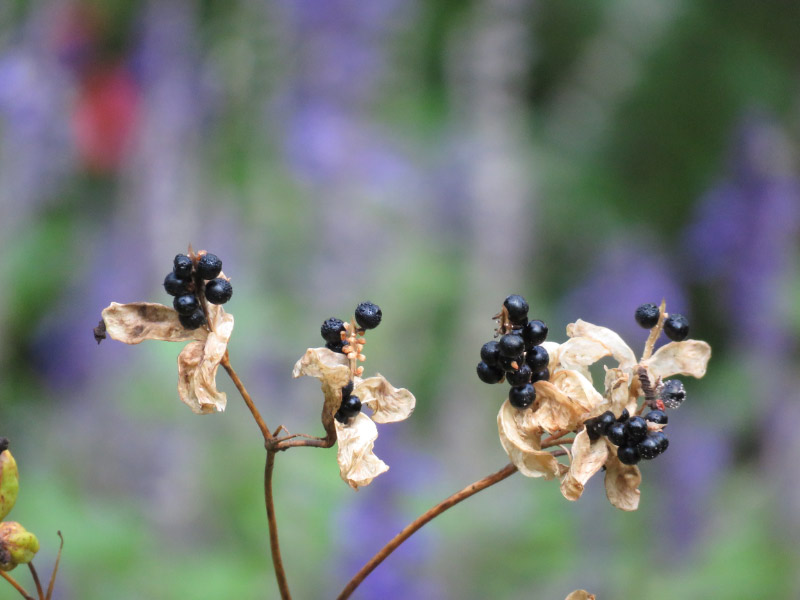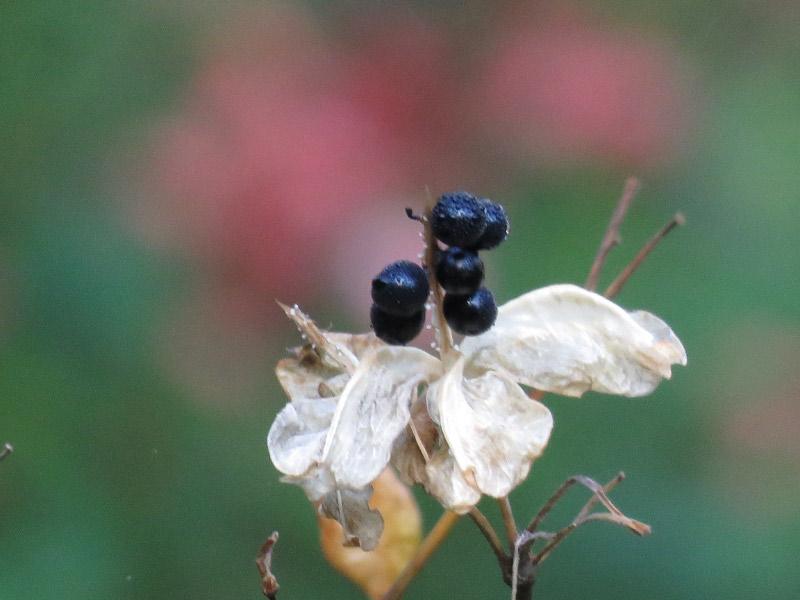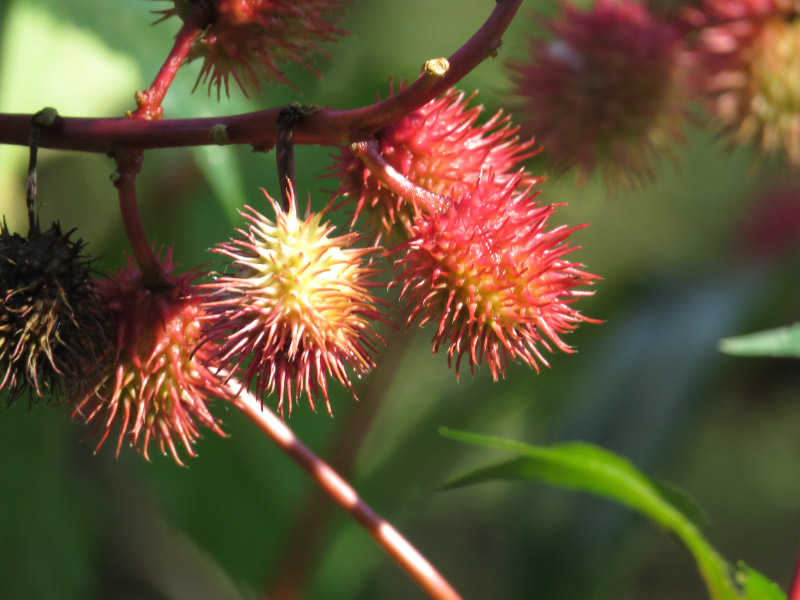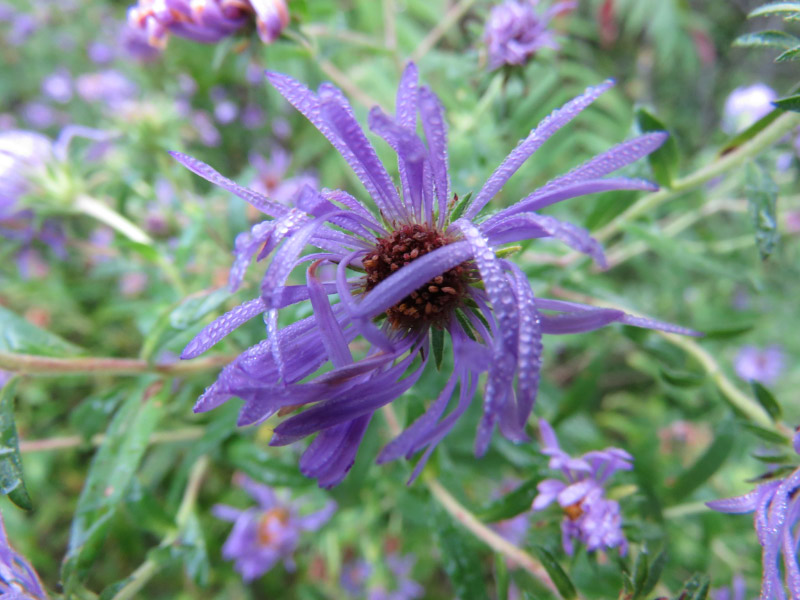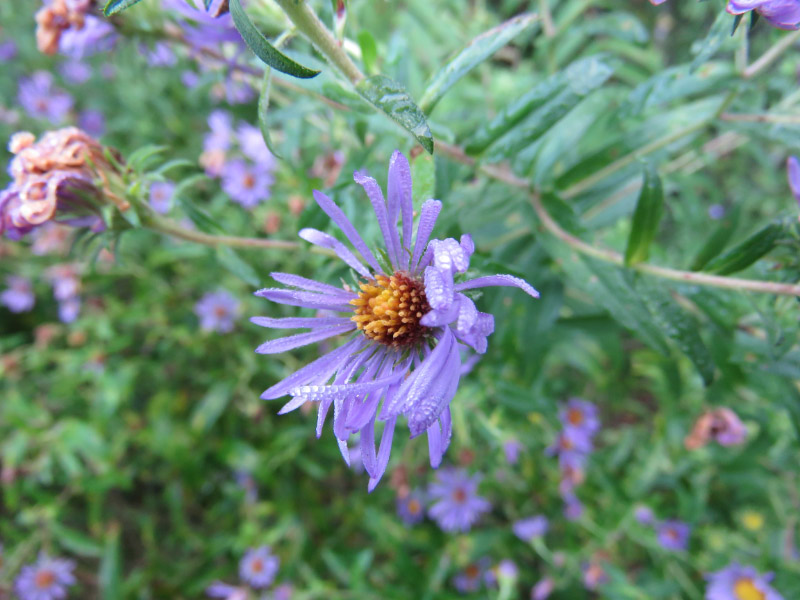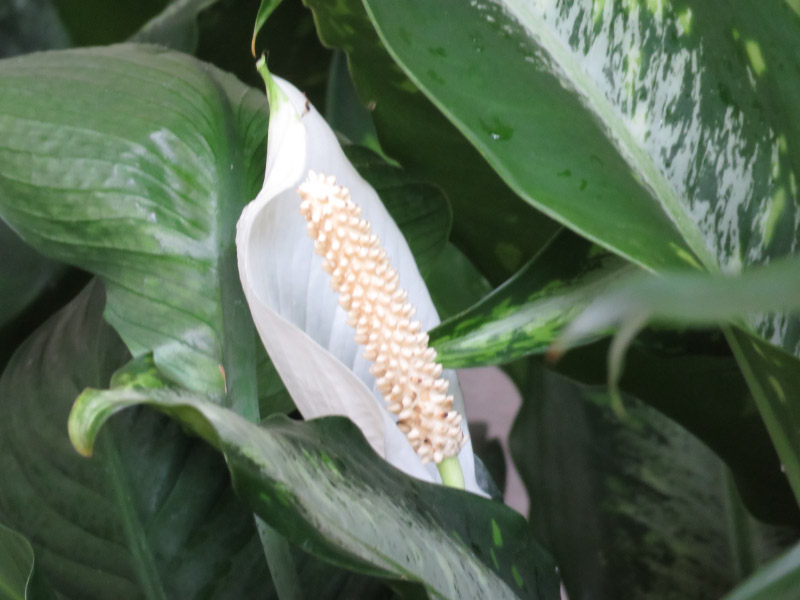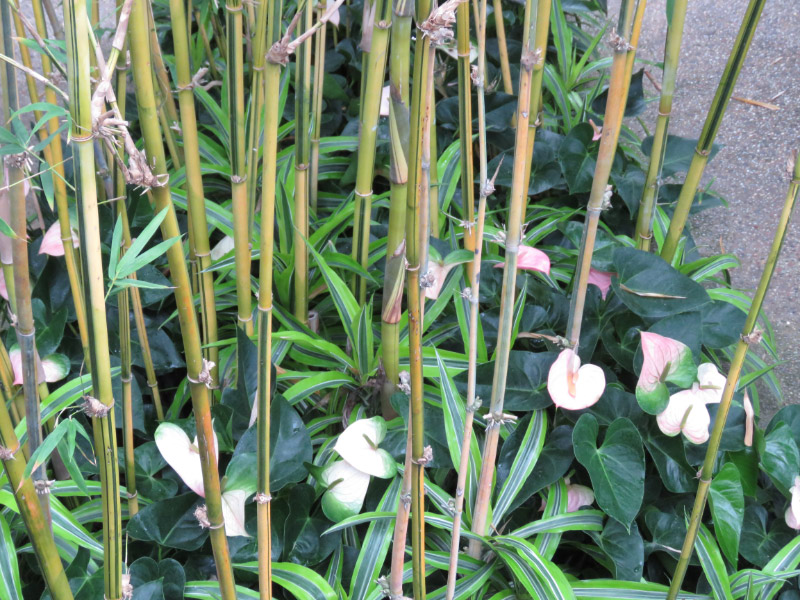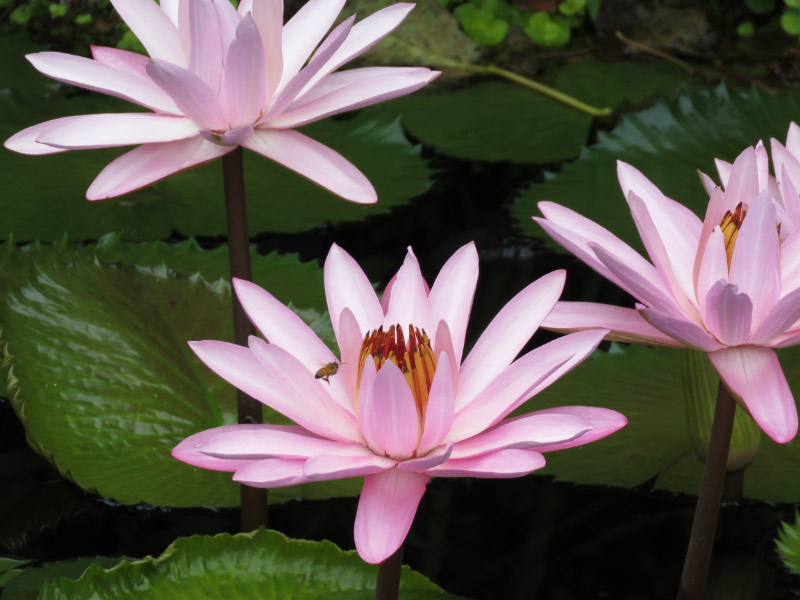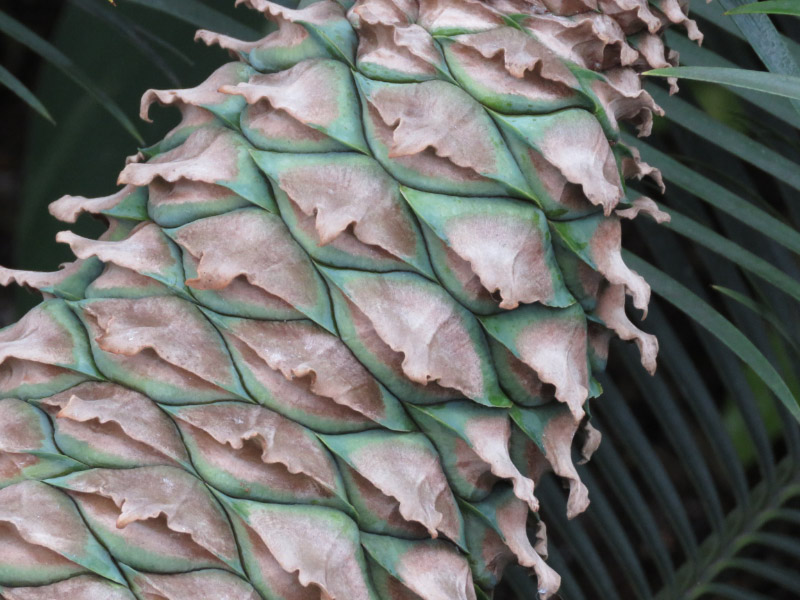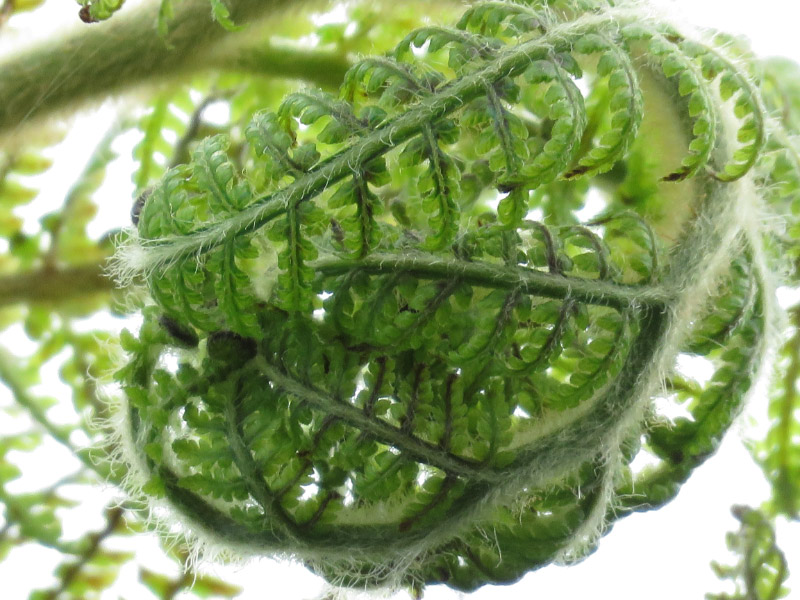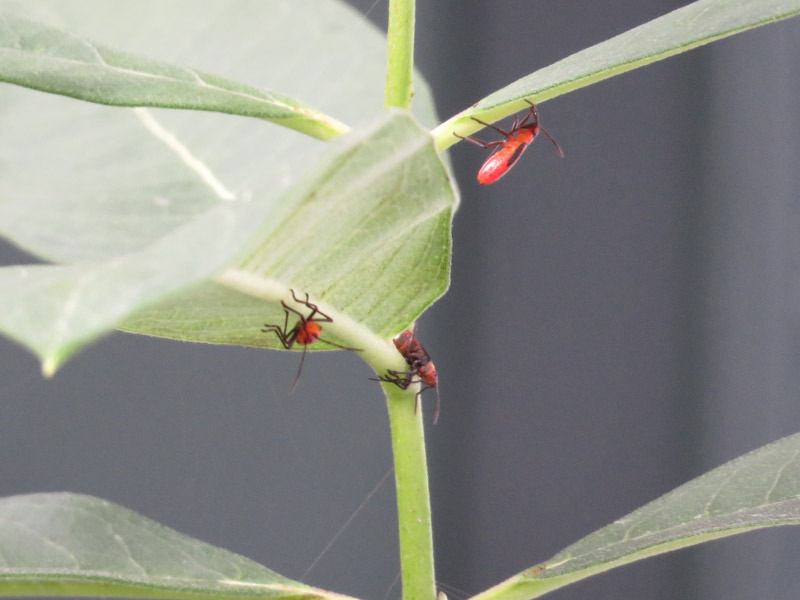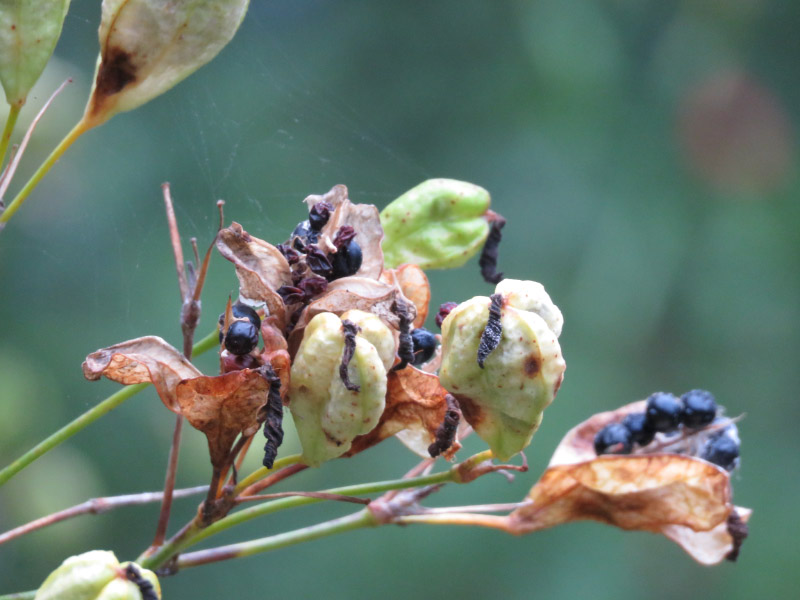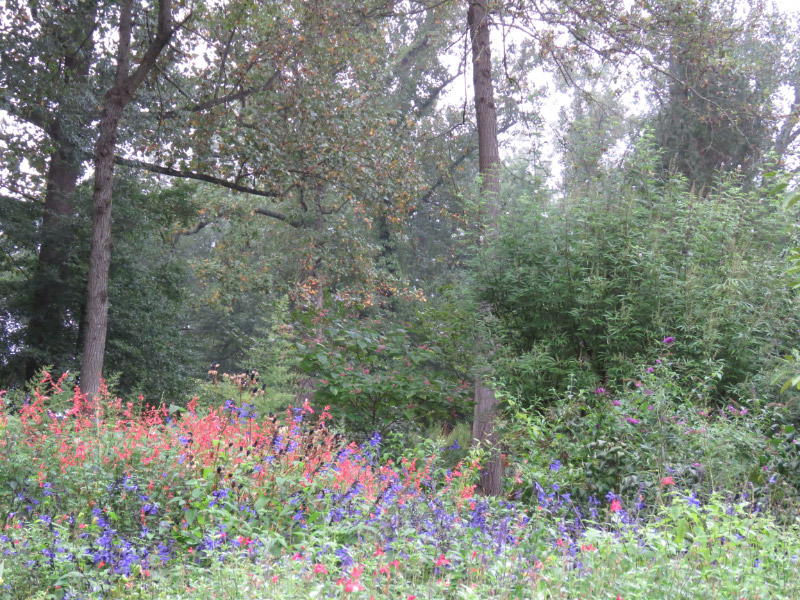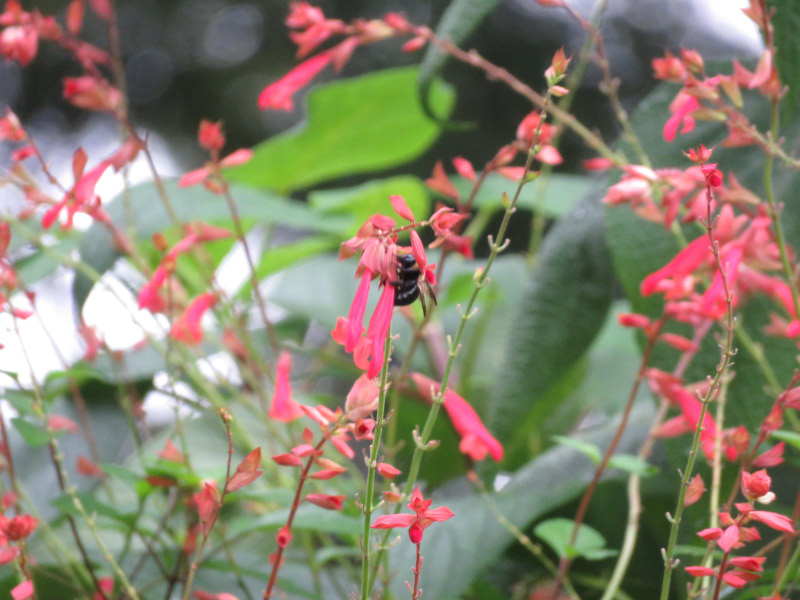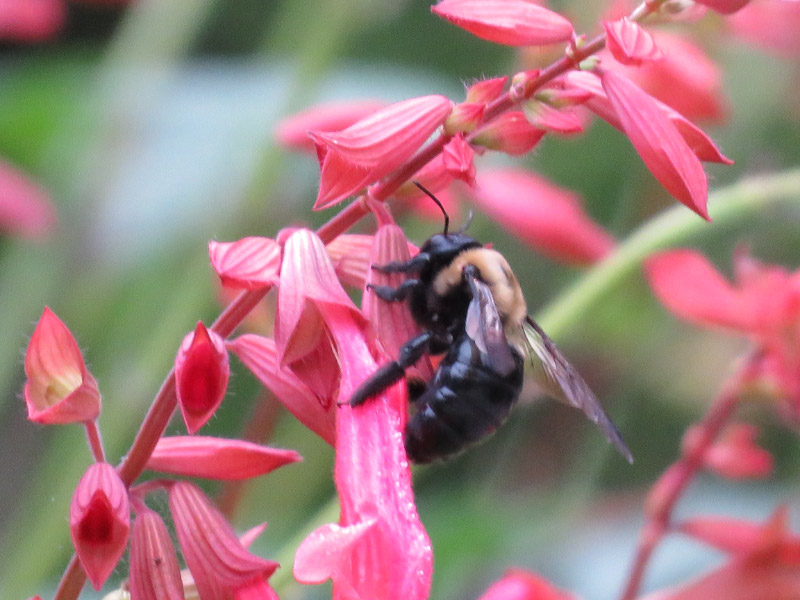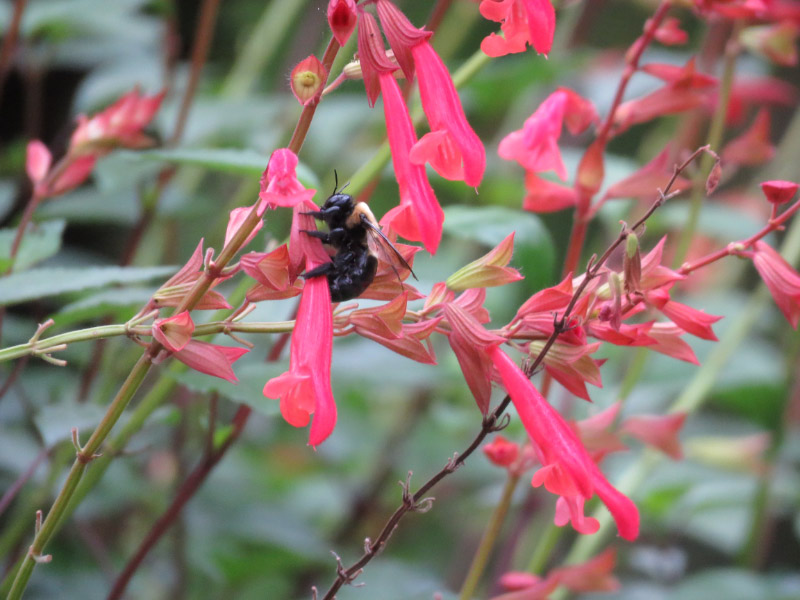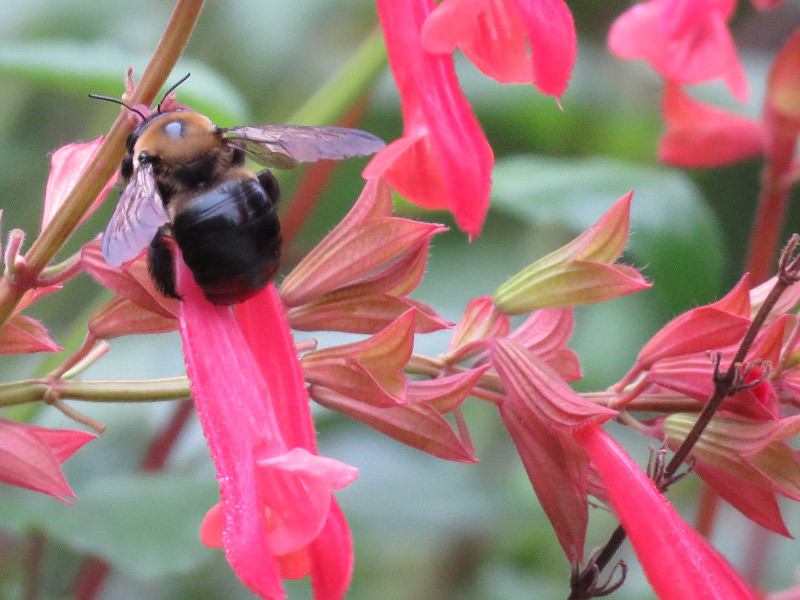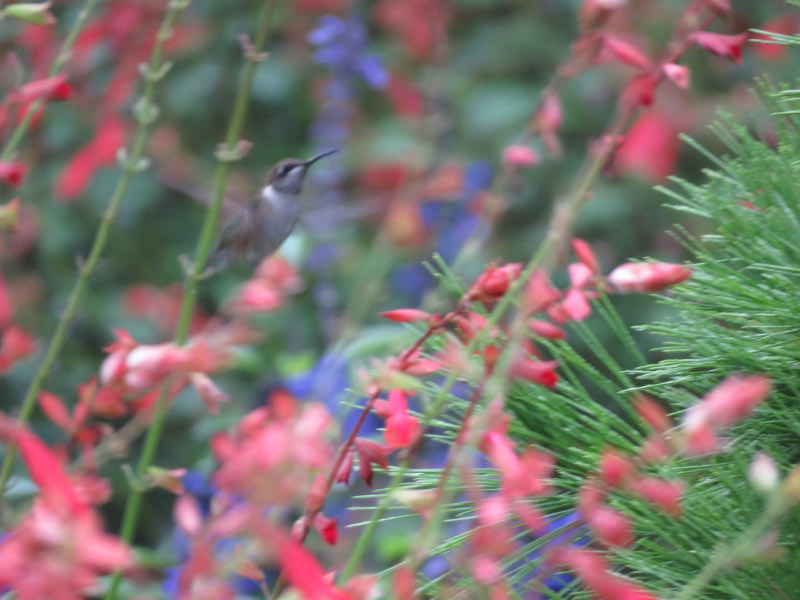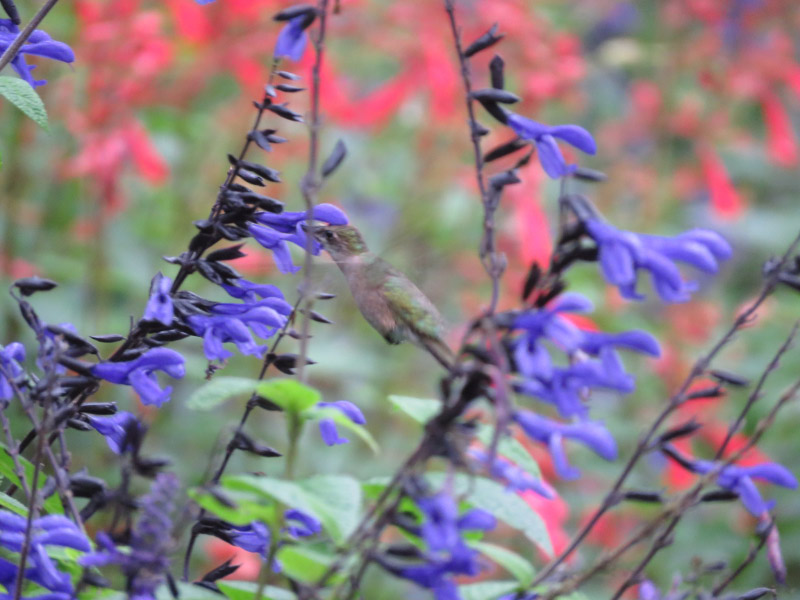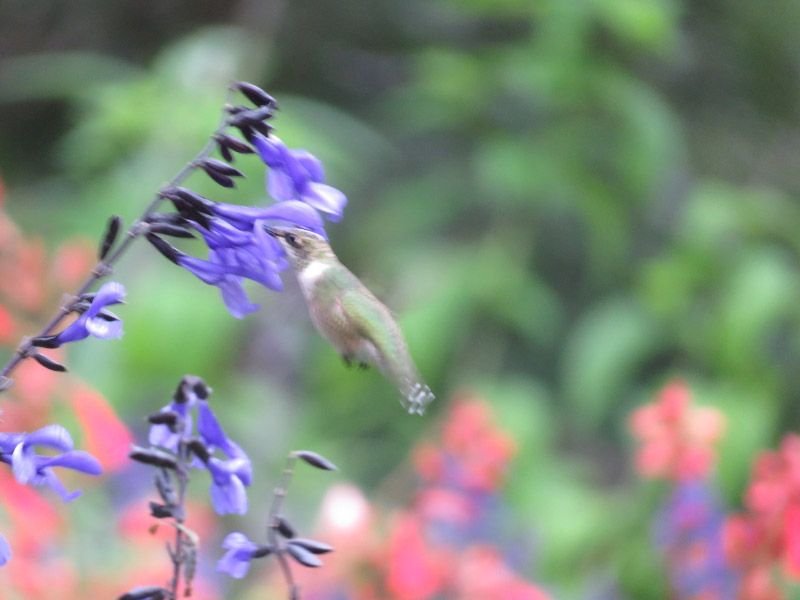In the Middle Patuxent River – Day 1
/Last Monday, I volunteered through the Howard County Conservancy to help with a high school Stream Assessment in the Middle Patuxent River off the Kings Contrivance Loop trail. It was raining when I left the house before sunrise and continued through the assessment.
It was starting to get lighter when I arrived at the site and helped to set up for the macroinvertebrate collection and identification.
We discovered very quickly that the white boards would not work in the rain – even if we wiped them off immediately before we tried to write.
Fortunately, the rain was gentle and water still relatively clear. This part of the river is silty…not a lot of cobbles.
We found quite a few critters. There were at least 3 different kinds of dragonfly larvae; I had never seen the kind with a more rounded abdomen. All the other critters were the more typical ones.
Paper was quickly damaged in the rain. The students took pictures and (hopefully) enough data sheets will survive to make a good composite data set for the class. I took a picture of one of the sheets. The macroinvertebrate analysis done on site showed the river to be in the moderate range.
The students finished and headed to their buses. As I made my way up the hill to my car, I stopped to look at some of the feeder rivulets along the way (there were bridges although I could have easily walked across these with my boots). There were some signs of erosion along the banks….it wasn’t as bad as I thought it might be after our recent downpours.
There were also some colorful fungi. Orange is seen frequently.
There was an area with a lot of shelf fungi on logs. It was so damp that some seemed to have something green growing on them.
My favorite was nearby – bright red and orange with yellow on the edge.




